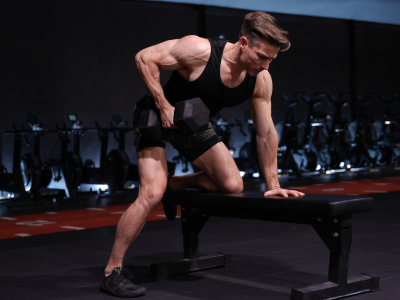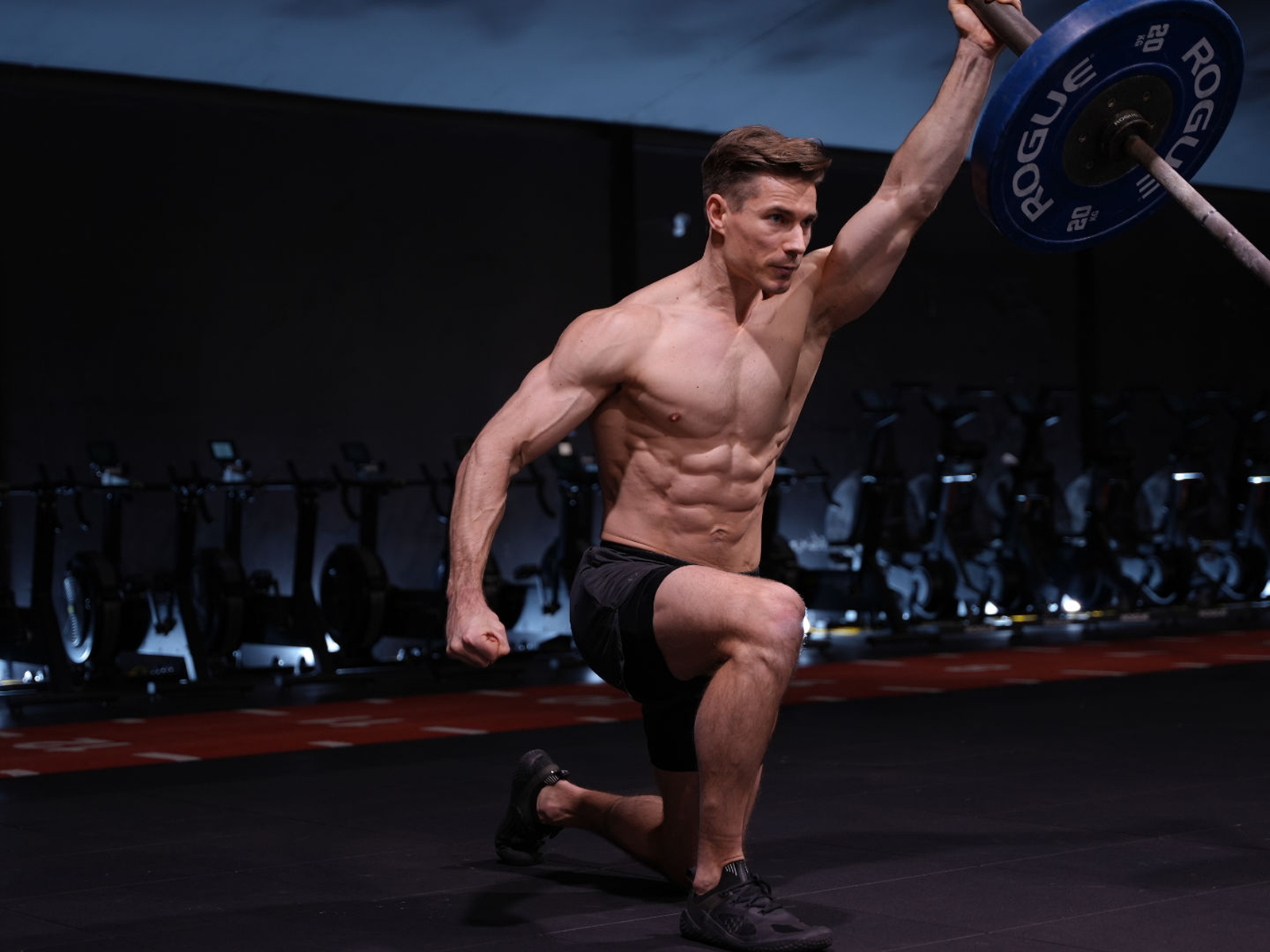SO…you wanna bench, but it hurts like hell when you do. Most people assume that the barbell bench press must be bad for their shoulders. To some extent, this is true. Like overusing any exercise can be. That said, in most cases it is bad shoulders that don’t play nice with the bench. (I’m supposed to be your side, aren’t I!?)
The barbell bench press is a tricky beast. It is a very technical lift and less than stellar technique can be destructive to shoulder health.
In the long term, mastering the movement should fix the issue.
In the short term, you have 3 options:
Option 1: Press through the pain.
Option 2: Remove the exercise and cease pressing altogether.
Option 3: Replace it with a more shoulder friendly pressing exercise.
Option 1 seems ridiculous. It always surprises me how many people continue to push through a painful exercise in the hope that it will one day miraculously become pain free.
‘If i keep doing it, my muscles will have no choice but to adapt’. WRONG. You will just fuck it up more.
Option 2 is also a common choice. Yet for most people, it’s unnecessary. Unless you genuinely have an injury that requires a period of rest or surgery, this option will lead to atrophy (muscle wasting) and it will weaken musculature surrounding the shoulder joint.
So that leaves you Option 3…let’s go with that.
This will allow you to press without pain and continue to make progress until your achy shoulders are resolved.
Even if you don’t experience pain with this movement, I would always suggest changing exercises every 3-6 weeks. This helps to safeguard against overuse pathologies such as tendinitis. So, you really have nothing to lose and everything to gain!
3 Shoulder Saving Presses
#1 Push Ups
The push up is an unassuming exercise that packs a powerful punch.
Most gym goers overlook the push up with the misguided belief that it’s too easy. And feel that they need to pile weights on a barbell to get bigger and stronger.
In reality, the push up is one of the best bang for your buck upper body pressing exercises, and lot more shoulder-friendly than barbell pressing.
Unlike barbell pressing, push ups allow your shoulder blades to move freely on the rib cage. This is a lot more consistent with how your shoulders should function and ensures that the important stabilising muscles of the shoulder blade are worked.
Push ups are also a closed chain exercise, meaning your hands are fixed to the floor. This provides the shoulder joint with a greater level of stability, and reduces the likelihood of improper movement.
Heres a quick demo:
If you truly can say push ups are ‘easy’ (and not many people can), you can add resistance with band tension, chains, or a weighted vest.
If you’re a beast like me 😉 …use a combination!
#2 Slight Incline, Semi-Supinated Dumbbell Press
In my opinion, this is the most comfortable open chain pressing exercise in existence…seriously.
The slight incline locks the shoulder into a more stable position. The grip position aligns the wrist with the upper arm at about a 45 degree angle. The use of dumbbells allows your joints a greater freedom of movement as opposed to the fixed bar path of a barbell. When you add all these components together, you get a movement that feels very comfortable and natural to perform.
Try it and see for yourself.
#3 Neutral Grip Floor Press with Dumbbells
I’m shocked this movement isn’t more popular. The floor press is a staple exercise in the powerlifting community for its ability to build raw pressing strength and monstrous triceps. Are you perking up now? Whether you have aesthetic or performance goals, this exercise deserves to be a firm favourite.
There are numerous floor press variations, but for the purpose of this article, let’s focus on the one I believe is the most shoulder-friendly.
The neutral position of the hand is significantly more shoulder-friendly. It directly takes stress away from the joint.
And, as mentioned, using dumbbells give your joints a greater freedom of movement. The exercise prevents excessive motion at the shoulder joint, because, well, the floor is there! That same floor also keeps your reps honest and consistent by providing biofeedback.
No use trying to bounce off your chest or use the stretch reflex to ping you back up. Try that and you will just end up with bruised elbows along with your ego.
You are forced to control the descent and drive back up using pure muscle effort instead of momentum.
Wrapping Up
I’m confident that at least one, if not all of the above exercises will allow you to continue pressing without pain.
What’s more, the fresh stimulus will help you to make new gains in size and strength. Program these exercises just as you would any other: lower reps for strength goals and higher reps if you are after muscle growth.



